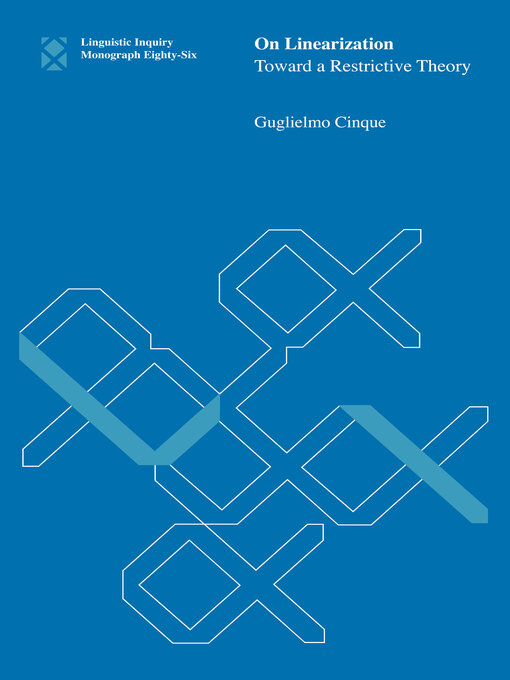- English
- 中文(简体)
- 中文(繁體)
- Bahasa Melayu
- தமிழ்
Linearization, or the typical sequence of words in a sentence, varies tremendously from language to language. Why, for example, does the English phrase “a white table” need a different word order from the French phrase “une table blanche,” even though both refer to the same object? Guglielmo Cinque challenges the current understanding of word order variation, which assumes that word order can be dealt with simply by putting a head either before or after its complements and modifiers. The subtle variations in word order, he says, can provide a window into understanding the deeper structure of language and are in need of a sophisticated explanation.
The bewildering variation in word order among the languages of the world, says Cinque, should not dissuade us from researching what, if anything, determines which orders are possible (and attested/attestable) and which orders are impossible (and not attested/nonattestable), both when they maximally conform to the “head-final” or “head-initial” types and when they depart from them to varying degrees. His aim is to develop a restrictive theory of word order variation—not just a way to derive the ideal head-initial and head-final word orders but also the mixed cases.
In the absence of an explicit theory of linearization, Cinque provides a general approach to derive linear order from a hierarchical arrangement of constituents, specifically, by assuming a restrictive movement analysis that creates structures that can then be linearized by Richard S. Kayne's Linear Correspondence Axiom.

